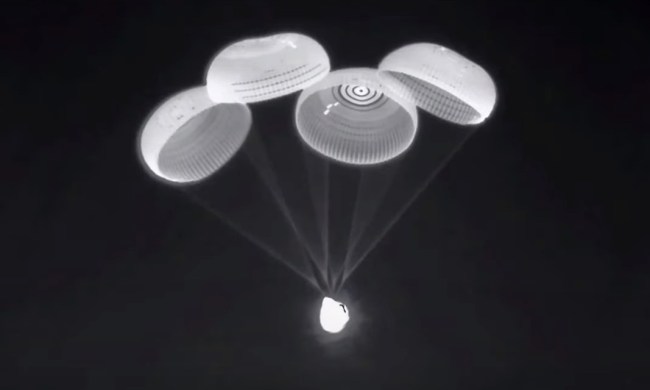The sun is a literal hotbed of activity, giving off streams of plasma that can stretch out throughout the solar system and affect both people and satellites here on Earth in a phenomenon called space weather. Sometimes, telescopes can capture footage of these epic events to help understand the sun better.
Solar Orbiter, a mission to study the sun from NASA and the European Space Agency (ESA), recently took an image of the sun showing a dramatic solar prominence as it happened.

“Solar prominences are large structures of tangled magnetic field lines that keep dense concentrations of solar plasma suspended above the Sun’s surface, sometimes taking the form of arching loops,” ESA writes. “They are often associated with coronal mass ejections, which, if directed towards Earth, can wreak havoc with our technology and everyday lives.”
Solar Orbiter captured one such coronal mass ejection last year, in a video that showed the expulsion of plasma from the sun’s surface.
The latest solar prominence occurred on February 15 and shot out millions of miles from the sun’s surface. The material was not traveling toward Earth, however — it was in fact traveling in the opposite direction, away from the planet. By looking at the data from the side of the sun facing the Solar Orbiter, researchers were able to determine that it must have originated on the other side of the sun.
The image was taken using an instrument on Solar Orbiter called the Extreme Ultraviolet Imager, using its Full Sun Imager function. This can capture the full face of the sun even when the spacecraft is up close to it. Most space telescopes that observe the sun need to block out the main face of the sun to observe its corona because the sun is so bright, but Solar Orbiter is able to view events like this while looking at the sun’s whole face.
“Thus, the prominence observed by Solar Orbiter is the largest ever event of its kind to be captured in a single field of view together with the solar disc, opening up new possibilities to see how events like these connect to the solar disc for the first time,” ESA writes.



